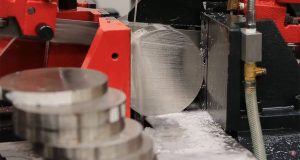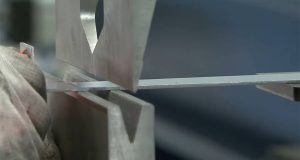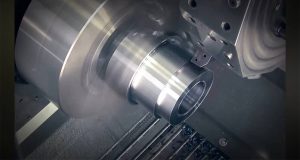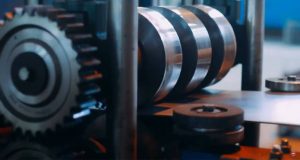Keep Your Bandsaw Running Smoothly
Maintaining your bandsaw through preventive care is one of the most effective ways to ensure reliable performance and long-term value. Whether you’re using it in a professional shop or a home garage, routine upkeep prevents unnecessary wear, reduces costly downtime, and helps deliver consistent cutting results. With just a few simple habits, you can avoid the frustrations of misalignment, reduced accuracy, or damaged blades.
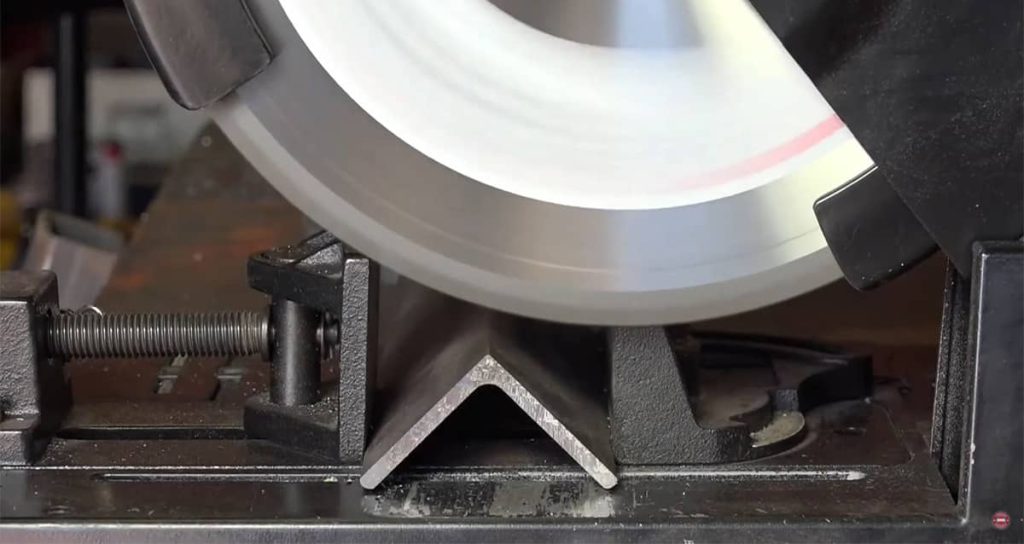
Why Preventive Maintenance Matters
Bandsaws are built for performance, but like any machine, they require attention to continue operating effectively. Preventive maintenance doesn’t just extend the life of your equipment it also improves safety and enhances the overall quality of your cuts.
Benefits of Regular Maintenance
- Reduces wear on moving parts
- Helps prevent sudden breakdowns
- Improves blade alignment and tracking
- Maintains consistent cutting accuracy
- Enhances safety for the operator
Start with the Basics: Cleaning and Lubrication
Dust, metal shavings, and other debris can quickly build up on your bandsaw, leading to premature wear. Regular cleaning keeps these particles from interfering with blade movement or clogging up guides and bearings. In addition, properly lubricating moving components reduces friction and ensures smoother operation. Keep the table, wheels, and guides clean, and wipe down any exposed metal surfaces to prevent rust.
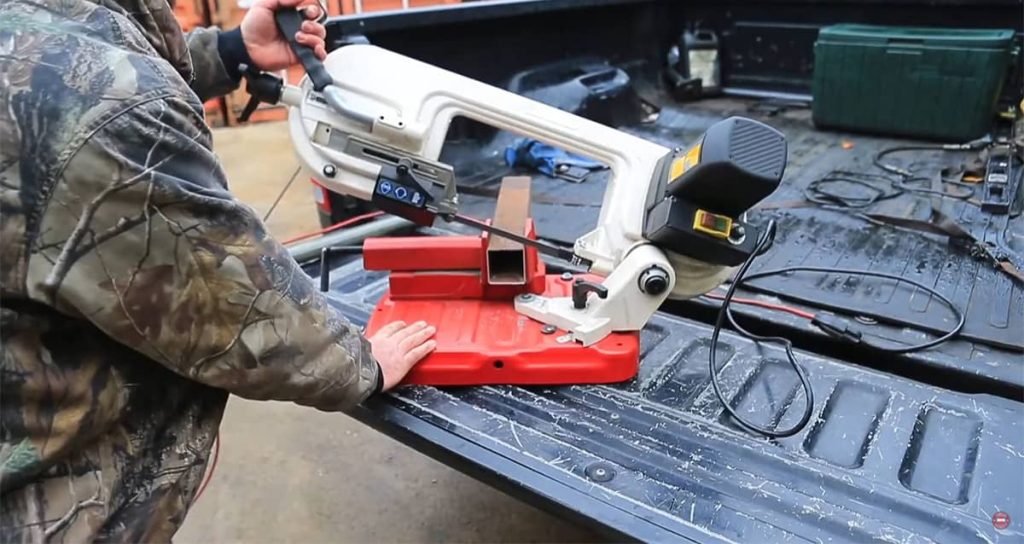
Important Maintenance Areas to Monitor
| Maintenance Area | What to Check |
|---|---|
| Blade | Tension, sharpness, tracking |
| Guide Bearings | Cleanliness, alignment, wear |
| Drive Belt | Tension, cracking, slippage |
| Table Surface | Flatness, buildup of residue |
| Wheel Tires | Condition, debris buildup, proper seating |
| Tensioning Mechanism | Smooth operation, signs of binding or sticking |
Extend the Life of Your Bandsaw Blade
The blade is at the heart of your bandsaw’s performance. Over time, it naturally dulls or wears out, especially with frequent use on tough materials. To avoid premature damage, always use the appropriate blade type for your material, maintain proper tension, and replace it as soon as signs of wear appear. Checking for blade drift or increased vibration can also signal when it’s time for a replacement.
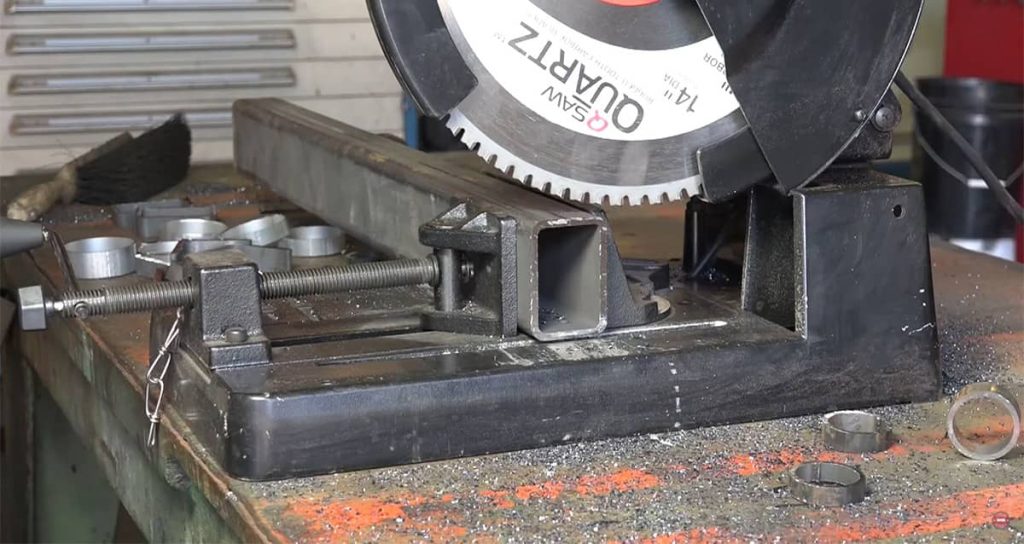
Simple Weekly Maintenance Tips
- Blow out sawdust from the lower housing
- Inspect and clean blade guides
- Check tension on belts and blades
- Test safety features like emergency stops
- Wipe down metal surfaces to prevent rust
Safety First: Operating with Confidence
Preventive maintenance isn’t just about the tool it’s also about protecting yourself. Machines that are poorly maintained pose a greater risk for accidents. By inspecting your saw regularly and replacing worn parts, you create a safer and more predictable work environment. Always wear safety glasses, avoid loose clothing, and double-check that guards are in place before operating.
Test Your Knowledge: Tool Maintenance and Handling
Keeping your tools in peak condition isn’t just about performance it’s about safety, efficiency, and long-term savings. Whether you’re running a shop or working on weekend projects, understanding proper maintenance and handling can make all the difference. Want to see how much you really know? Head over to SawbladeUniversity.com and take the quiz on Knowing Your Tool Maintenance and Handling. It’s a quick, informative way to sharpen your knowledge and make sure you’re getting the most out of your equipment.
Improve Your Cutting Results with the Right Fluids
For smoother operation, reduced blade wear, and better cut quality, the right coolant or lubricant can make a noticeable difference. If you want to learn how to choose and apply metalworking fluids effectively, don’t miss our article “Coolants and Lubricants in Metal Sawing: Optimizing Performance.” It explains the types of fluids available, their benefits, and how to use them to get the most out of your saw and blades.
Keep It Simple, Keep It Sharp
A little regular attention goes a long way. By cleaning, inspecting, and tuning your bandsaw on a consistent schedule, you not only reduce the risk of damage but also improve your overall productivity. Preventive maintenance doesn’t need to be time-consuming but skipping it can cost you far more in the long run.

